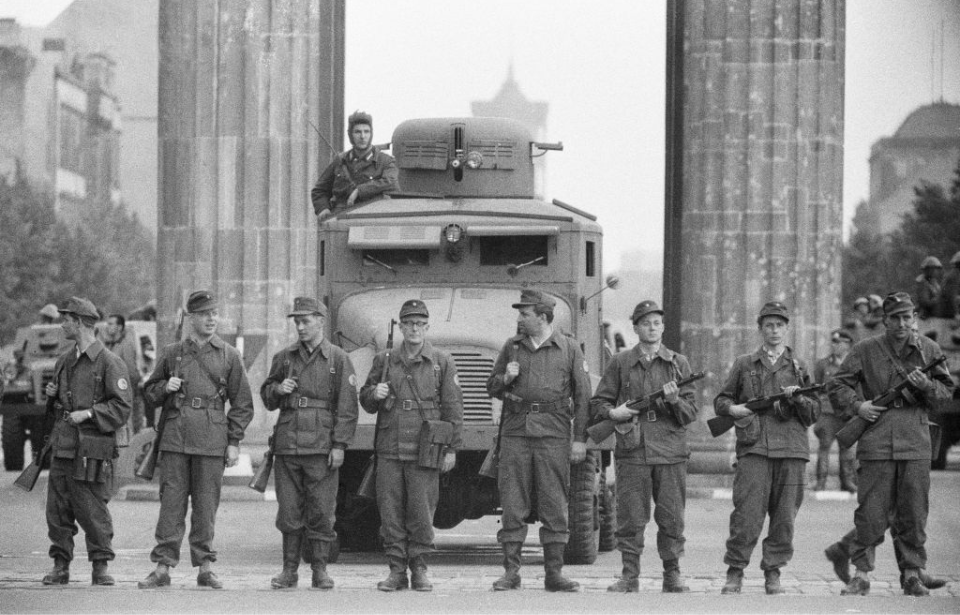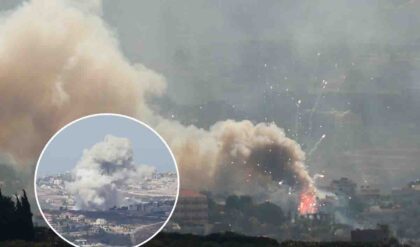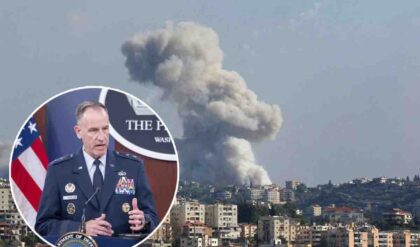
The construction of the Berlin Wall is a tangible symbol of the Cold War, dividing a city and its people for nearly three decades. The formidable structure, erected by the German Democratic Republic (GDR), had profound geopolitical implications, marking a crucial turning point in the global power struggle between East and West.
After the Second World War, Berlin was divided into four occupation zones, controlled by the United States, the United Kingdom, France and the Soviet Union. As ideological differences deepened, East Germany, under Soviet influence, sought to halt the mass emigration of its citizens to the more prosperous West.
Consequently, on August 13, 1961, construction began on what would become an enduring symbol of the Iron Curtain. The above photo was taken by photojournalist Terry Fincher only three days after work began. While he’s best known for his work covering the Suez Crisis and the Vietnam War, Fincher photographed a number of momentous events throughout his career – this being one of them.
What he captured with this image were members of the Combat Groups of the Working Class, tasked with protecting the border. They stood at the Brandenburg Gate, along with an armored scout vehicle belonging to the border police, and were responsible for patrolling the complex network of barriers fortified with barbed wire, guard towers and a “death strip.”
At this stage, the wall was a crude structure of wire mesh fences and concrete blocks, but it rapidly evolved into a sophisticated barrier, upgraded with four-meter-high concrete walls and advanced security systems. Over time, the Berlin Wall, as it became known, spanned 96 miles, cutting off the West to inhabitants of East Germany.
The construction of the Berlin Wall had profound consequences for both the physical landscape of Berlin and those who lived there. Families were torn apart, friendships were severed and communities became divided. The wall transformed the city into one of contrasts, a powerful reminder of the ideological and political divisions of the time. Despite the strict controls imposed by the GDR, numerous escape attempts were made, some with tragic consequences.
More from us: The Soviet ‘Hiroshima’ Submarine That Inspired Harrison Ford’s ‘K-19: The Widowmaker’
The fall of the Berlin Wall on November 9, 1989 marked a historic moment of reunification. Its dismantling became a potent symbol of hope, reconciliation and the triumph of freedom over oppression. Today, remnants of the wall are preserved as a reminder of Berlin’s tumultuous past.





